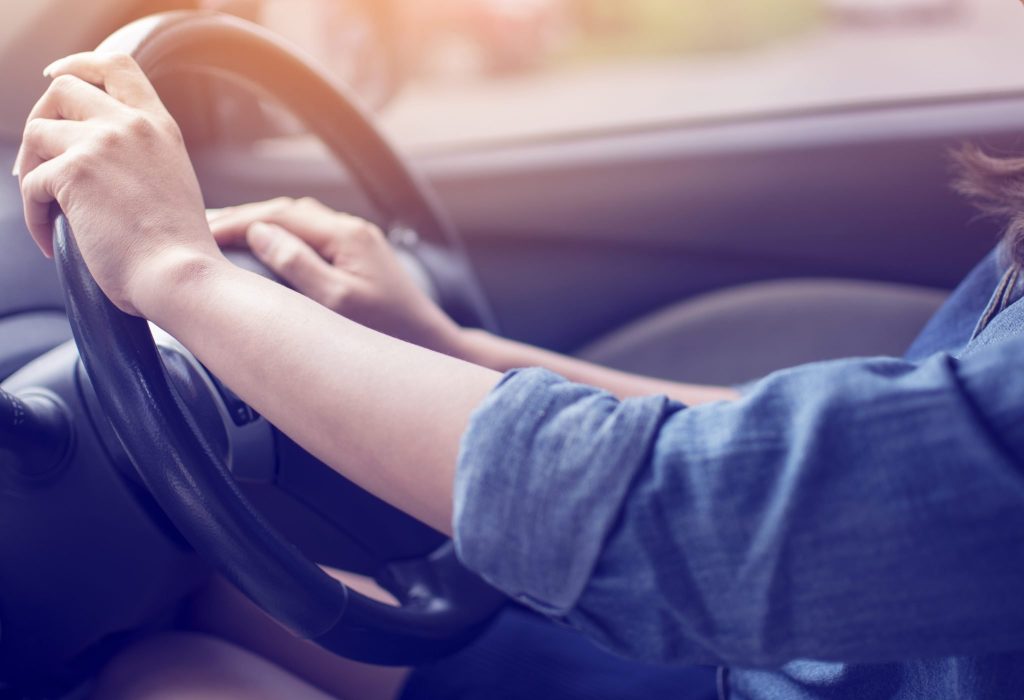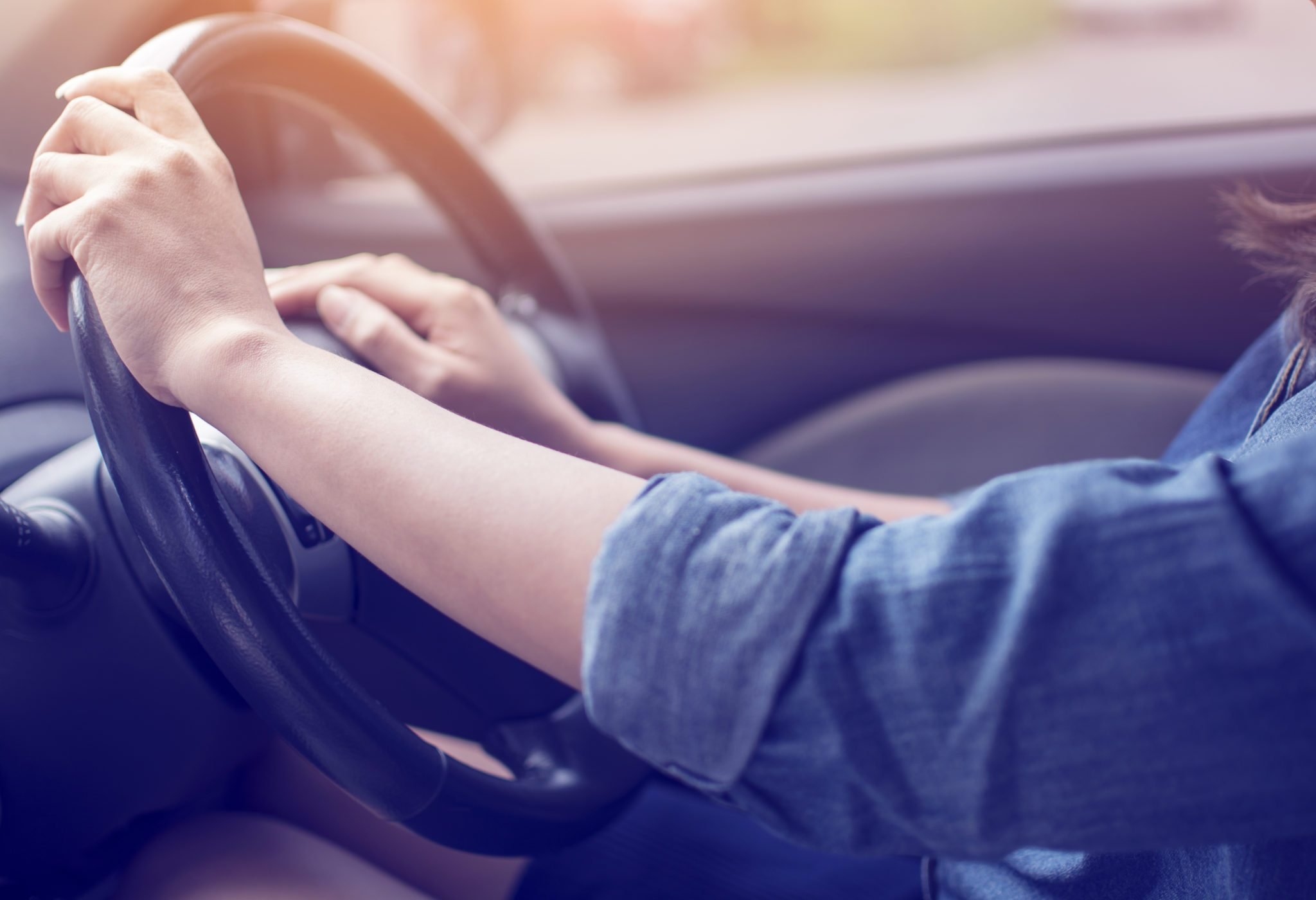Kerala, often referred to as “God’s Own Country,” is a haven for tourists with its lush landscapes, tranquil backwaters, and scenic hill stations. While exploring this picturesque state by car can be an incredible experience, it’s crucial to prioritize safety. Driving in Kerala presents unique challenges, from narrow roads to bustling traffic in urban areas. Here are some best practices for safe driving to help tourists navigate Kerala’s roads confidently and securely.
Understand Local Traffic Rules for Safe Driving in Kerala
Before hitting the road, familiarize yourself with India’s driving regulations, as they may differ significantly from those in your home country. In Kerala:
- Drive on the left-hand side of the road.
- Overtake from the right side.
- Seat belts are mandatory for both the driver and front passenger.
- Avoid using mobile phones while driving unless you have a hands-free device.
- Be mindful of speed limits, which are usually 50-70 km/h in cities and 80-100 km/h on highways.
Be Prepared for Diverse Road Conditions
Kerala’s road conditions vary dramatically, from well-paved highways to narrow, winding village roads. Here’s how to navigate them safely:
- Urban Areas: Expect heavy traffic and frequent stops due to pedestrians, cyclists, and public transport. Stay alert and patient.
- Rural Roads: These can be narrow and poorly lit at night. Drive slowly and be prepared for sudden obstacles like livestock or sharp turns.
- Hill Stations: Roads in hill stations like Munnar and Wayanad are steep and winding. Use lower gears when climbing or descending and maintain a safe distance from the vehicle ahead.
Stay Vigilant of Local Driving Habits
Indian driving habits can be unpredictable for first-time visitors. Here are a few things to watch out for:
- Honking: It’s commonly used to indicate overtaking, alerting others of your presence, or expressing frustration. Don’t be startled by frequent honking.
- Overtaking: Vehicles often overtake from both sides. Always check your mirrors and blind spots.
- Pedestrians and Animals: Be prepared for pedestrians, stray animals, and even cattle crossing roads, especially in rural areas.
Plan Your Routes in Advance
Using GPS navigation can help you plan your routes, but it’s also wise to have a basic understanding of your journey. Consider these tips:
- Maps and Apps: Use reliable navigation apps like Google Maps. Offline maps can be handy in areas with poor network coverage.
- Check Traffic Updates: Traffic can be heavy during peak hours (8-10 AM and 5-7 PM). Plan your travel times accordingly.
- Local Advice: Don’t hesitate to ask locals for directions or road conditions, as they can provide valuable insights that apps might miss.
Ensure Your Vehicle is in Good Condition
A well-maintained vehicle is crucial for a safe journey. Before starting your trip:
- Check Tires: Ensure they are properly inflated and have sufficient tread.
- Inspect Brakes and Lights: Make sure your brakes are responsive and all lights (headlights, indicators, brake lights) are functioning.
- Fluid Levels: Check oil, coolant, and brake fluid levels.
- Carry Essentials: Have a spare tire, jack, first aid kit, and emergency contact numbers handy.
Drive Defensively and Patiently
Defensive driving is key to navigating Kerala’s roads safely:
- Maintain Safe Distances: Keep a safe distance from the vehicle ahead to allow ample reaction time.
- Slow Down in Poor Conditions: Reduce speed during rain, fog, or poorly lit conditions.
- Avoid Aggression: Stay calm and composed, even if other drivers are aggressive or erratic.
Respect Local Customs and Environment
Kerala is known for its natural beauty and cultural richness. Respecting local customs and the environment enhances your travel experience:
- Littering: Avoid littering. Use designated trash bins and help keep Kerala clean.
- Cultural Sensitivity: Be mindful of local customs, especially in rural and religious areas. Dress modestly and seek permission before taking photographs of people or places.
Driving in Kerala can be a delightful experience if you’re well-prepared and cautious. By following these best practices, you can ensure a safe and memorable journey through one of India’s most beautiful states. Happy driving!


